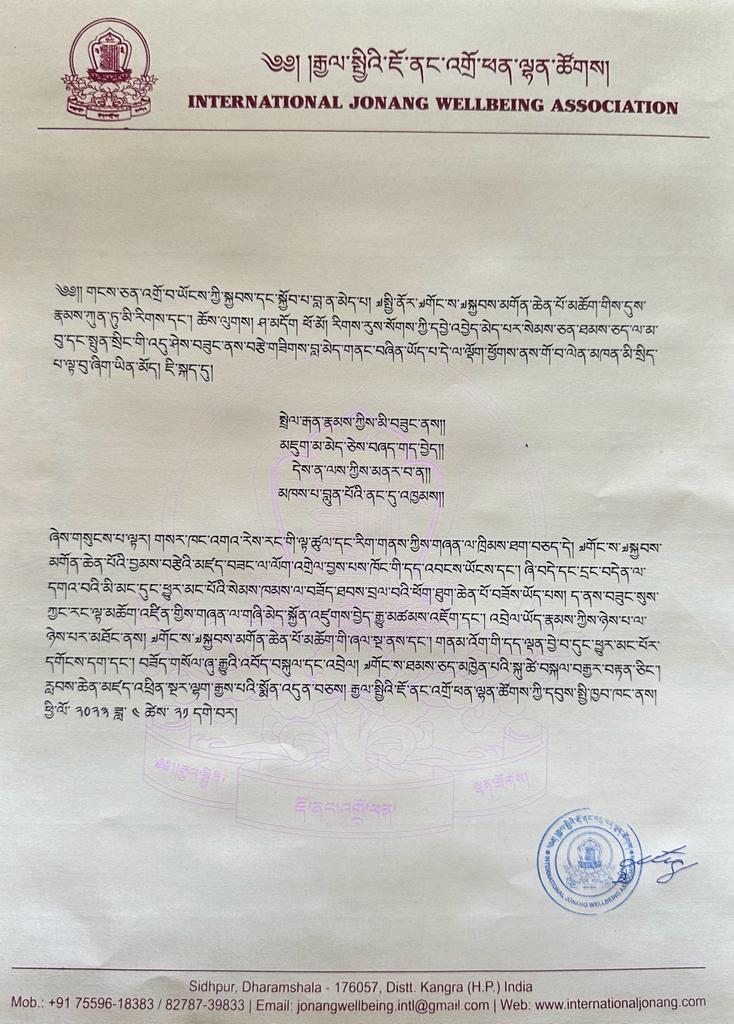Mountain Doctrine
Twelfth by asking whether “the factors of appearance are empty or not empty, and by citing the statement in Nagarjuna’s Essay on the Mind of Enlightenment that: Conventionalities are described as emptinesses. Just emptinesses are conventionalities. and the statement in the Heart Sutra that “Form is emptiness; emptiness is form.” The equation of ordinary forms with self-emptiness requires that they are not the ultimate, and the corresponding equation of the ultimate with other-emptiness requires that the matrix-of-one-gone-thus and all the ultimate buddha qualities of body, speech, and mind inhering in it are ultimate and are other-emptiness. He holds that it is an extreme of non-existence to claim that ultimate other-emptiness is self-empty. Whereas the part less, omnipresent pristine wisdom of the element of attributes always abides pervading all, the extreme of non-existence is the deprecation that it does not exist and is not established and is empty of its own entity. That which is the middle devoid of those extremes is the basis devoid of all extremes such as existence and non-existence, superimposition, and deprecation, permanence and annihilation, and so forth, due to which it is the final great middle. It is non-material emptiness, emptiness far from an annihilator emptiness, great emptiness that is the ultimate pristine wisdom of superiors, five immutable great emptinesses, six immutable empty drops, a which is the supreme of all letters, buddha earlier than all buddhas, primordially released one-gone-thus, causeless original buddha, aspect-lessens endowed with all aspects-insuperable and not fit to be abandoned. Not to be deprecated, it is the inconceivable element of attributes beyond phenomena of consciousness and not in the sphere of argument; it is to be realised in individual self-cognition by yogis. Consequently, those who come to the conclusion that: *The “middle” is solely designated to the mere voidness of all extremes. *”Even the middle is empty of the middle.” *”Even the ultimate is empty of the ultimate.” and so forth do not accord with the thought of the conqueror because, for the character of the emptiness that is the final mode

